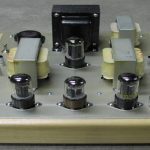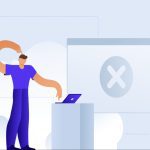Charger heat generation stems from the inherent inefficiencies in electrical energy conversion. While mild warmth is normal during operation, excessive heat signals potential problems requiring attention to avoid fire hazards or device damage.
Common Causes of Excessive Charger Heat
- Normal Energy Conversion: Converting AC wall power to DC usable by your device inherently loses some energy as heat.
- High Power Draw/Charging: Fast charging or charging power-hungry devices demands more current, increasing heat.
- Poor Ventilation: Covering the charger with bedding, placing it on carpets, or cramming it in tight spaces traps heat.
- Dust & Debris: Accumulation on the charger or device ports can hinder airflow and cause resistance.
- Incompatible Chargers: Using uncertified, damaged, or chargers with incorrect voltage/wattage for the device creates dangerous inefficiencies.
- Environmental Heat: Hot ambient temperatures make it harder for the charger to dissipate its own heat.
Expert Safety Tips to Prevent Overheating
- Prioritize Ventilation: Place chargers on hard, flat surfaces away from fabrics, cushions, confined spaces, and direct sunlight. Ensure ports and vents remain unobstructed.
- Use Certified Gear: Always choose chargers and cables certified by reputable standards organizations. Avoid uncertified, generic replacements.
- Clean Connections: Gently clean your device's charging port and charger connectors periodically to remove lint and debris using a wooden or plastic pick (power off first).
- Select Correct Wattage: Verify the charger’s output wattage/voltage is compatible with your device’s requirements. Avoid significantly under or overpowered chargers.
- Minimize Extreme Conditions: Avoid charging devices in very hot environments or under blankets/pillows. Keep cables untangled to prevent heat concentration.
- Monitor & Unplug: Touch-test your charger periodically during use. If it becomes uncomfortably hot (burn sensation), unplug it immediately and let it cool down before assessing.
- Inspect Regularly: Look for physical damage like frayed cables, cracks, scorch marks, bent plugs, or a loose connection. Discard damaged chargers promptly.
- Unplug When Complete: Disconnect chargers from the wall outlet once devices are fully charged to reduce unnecessary energy use and heat generation.
Critical Warning: If your charger emits unusual smells (burning plastic, ozone), makes buzzing/hissing sounds, becomes too hot to touch, or shows visible damage/smoke – unplug it immediately and discontinue use. Replace it with a certified one. Consult a professional if concerned about wiring or persistent overheating issues.












